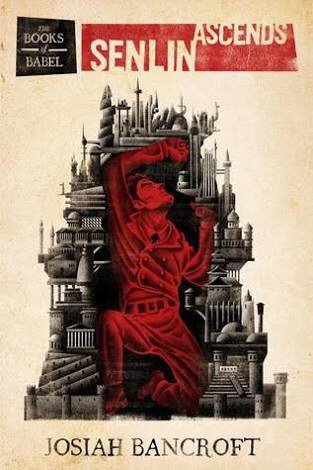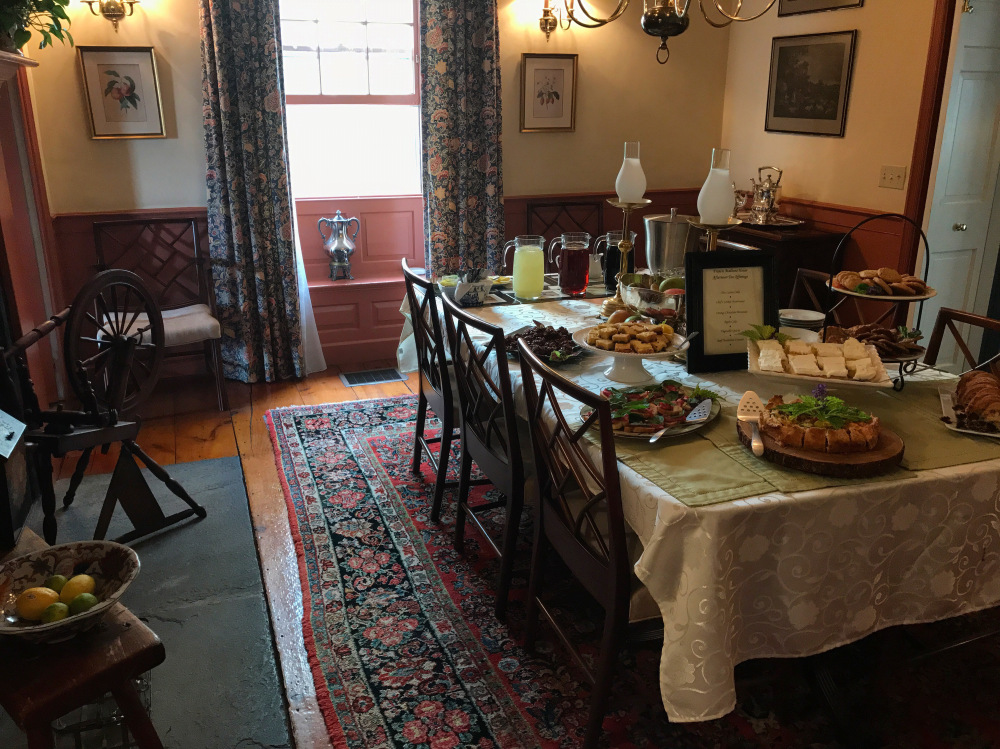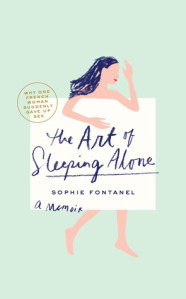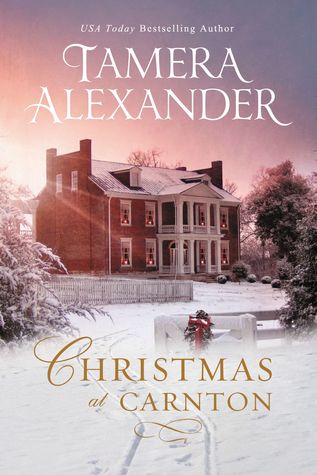Are you a parent or teacher looking to increase comprehension of text? Would you like to see your children or students feeling accomplished and successful? Using independent reading time to practice these skills can be a way to help.
Giving students leveled, guided reading questions for comprehension practice can be a life saver. It helps with text and make kids feel successful! Look what other teachers have said about these questions!
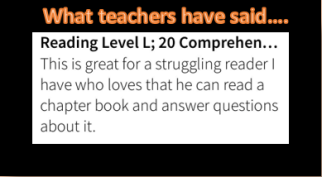
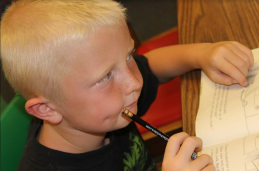
I am a teacher/author. I previously worked for a website company where I created reading comprehension book questions for all levels of children’s books. These are carefully crafted questions depending on the guided reading level of the book. The questions include half “right there” questions and half “inferential” questions. The student gain their confidence answering some of the more straight forward questions and then challenge themselves on the deeper thinking questions. They allow students to read independently but keep them focused. The result is: Deeper Learning!
Check out one of my FREE products here to see the quality of my work. These are questions designed for the book “The Girl Who Loved Wild Horses” by Paul Goble.
Also, these questions are PERFECT for book bags. When teachers assign independent reading, these questions can serve as a guide for children at home. They can also assist parents while working with their child. I have questions written for books from kindergarten through middle school. Check out one of my FREE kindergarten samples here.

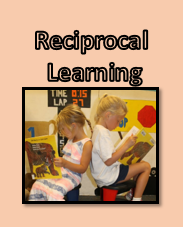
In addition, I have numerous growing bundles. Buy in bulk and SAVE $$$
Guided Reading Level A-D Growing Bundle
Guided Reading Level E & F Growing Bundle
Guided Reading Level G, H, I Growing Bundle
I also offer many novels at the upper elementary and middle school level. I have numerous individual titles as well as studies by author or subject.
Here is a sample of my Linda Sue Park, author of A Long Walk to Water, author study bundle.
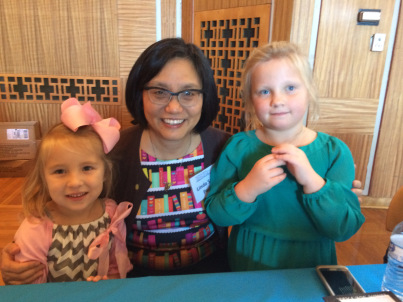
Recent Feedback includes: This is great for a struggling reader I have who loves that he can read a chapter book and answer questions about it.
Reading literature and/or informational text and being able to answer questions based from text is central in today’s Common Core Learning Standards. Although the idea of formal testing can be intimidating, there are some benefits in improving measurable reading comprehension. There are even some fun ways to create better readers!
Reading Comprehension Questions in Education Island.
What skills are being mastered by answering questions?
Reading Comprehension:
One of the primary standards that needs to be addressed in the 21st century is teaching students to become efficient rigor. Reading comprehension is the foundation in developing literacy. Guided reading levels, or Lexile levels, have been created to meet a student’s individual need and build reading at their appropriate speed. This product is for comprehension questions to assess a student’s understanding of a piece literature at their specific reading level.
In addition, by answering the “right there” type of questions, students will need to recall information and use close reading skills to go back into the reading to find the details to answer the question. “Inferential” type of questions require students to read the material, arrive at a response, analyze their response, and draw a conclusion based from this multi-level thinking.
Close reading techniques are best to use when reading a piece of text for the first time. Close ( or sometimes Cloze reading) follows three basic steps:
- Look over the text (book or article). Look at the title, any bold words or heading. Glance at the pictures, charts, graphs, etc. Make a prediction!
- Read the text.
- Re-read the text looking for specific details and mastery.
- Complete the assessment task.
Assessment Strategies
By answering a variety of questions based from a piece of literature, student’s knowledge in finding answers by using close reading strategies will dramatically increase!
How can you use these questions in your classroom?
What are some instructional ideas to implement the use of these questions in my classroom?
Divide students into groups of 4-6 people. These are called Jigsaw Groups. Jigsaw works best when you have the same number of students in each team; although this is rarely possible, try to get as close as you can.
Divide the questions into equal piles for each group. (If you have 4 students per group, give each student in their Jigsaw Group the SAME five questions). Then, give the students time to read and answer their five questions together. When the class seems finished, give each group the answers to their questions. Have the students discuss how they decided on their answers, where they found the answers, and how they will teach the questions.
Next, create new groups where there is one “expert” from each Jigsaw Group. Each Expert Group should have one student from each of the Jigsaw Groups. Distribute ALL the questions to each student. As the new groups go over the questions, each student will have the opportunity to be the “expert”. 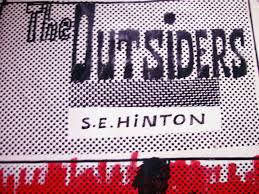
The reason this works: Cooperative learning has been identified as one of the nine instructional methods proven by research to make a significant difference in student performance (Marzano, Pickering & Pollock, 2001)
2. Reciprocal Learning is one of the driving instructional means. These are activities where students coach each other through exercises that apply to the content.
There are two types of Reciprocal Learning that could be used. The first is a “Think, Pair, Share” and the second is a “Back to Back and Front to Front”. In a “Think, Pair, Share”, students in pairs or small groups are given a question or topic. Then, they are given time to think about their response. Then, the partners share their thoughts with each other. Finally, they share their responses with the class. In the “Back to Back and Front to Front” method, students stand back to back with a partner. The same procedure is followed. Partners continually change throughout the unit.
The reason this works: Students who work in peer partnerships make measurable academic gains, develop more positive attitudes toward subject matter, become less dependent on the teacher, and spend more time on a task when working with a partner than when working independently (King-Sears & Bradley, 1995).
3. Flipped Learning is a strategy where the students complete the traditional instructional work at home and class time is used for reinforcement, clarifying and challenging learners.
Students will take home the book and questions. For “homework”, the students will read and answer the questions at an individual pace. Students will answer the questions.
During the next class period, class time can be used to dig further into the concepts for each question. The text can be reviewed and deeper connections made. With the shift to more learning outside of the classroom, the content moves from playing a “supporting” role to playing a central role.
The reason this works: “Class time is now maximized in order to adopt various methods of instruction such as active learning strategies, peer instruction, problem-based learning, or mastery or Socratic methods, depending on grade level and subject matter.” (http://www.flippedclassroomworkshop.com/the-4-pillars-of-flipped-learning-the-keys-to-successful-flipped-instruction/ 2014)
4. Mind’s Eye is a fourth strategy which could be implemented, however, it would require additional preparation by the classroom teacher.
How it works is that the teacher would choose 10-30 words from the text that evoke strong feelings or images in students’ minds.
Before starting the lesson, teachers give students a very limited overview of what they are about to read, so they have some content to build on.
Read the words slowly and dramatically. Instruct students to create movies in their minds of what they think will happen in the text. As each new word is read, students should try to incorporate it into their mental picture. Students can then draw a picture, write a questions, make a prediction, or describe a feeling the mental picture gives them.
Then, students will read the book and compare it with their initial thoughts. The questions will then serve as a formative assessment on the text.
The reason this works: The impact of Mind’e Eye is based on the principle of dual coding, the idea that storing information in two ways (through language and images) makes learning stick better. This has been shown to be especially true for reading (Sadoski and Paivio, 2001).
I have numerous reading comprehension bundles in my store. Here is a free sample of the quality of my work: The Girl Who Loved Wild Horses, by Paul Goble. This is a Guided Reading Level N.
Here is a link to all the products I currently have available in my store: Reading Comprehension Questions in Education Island.
Please follow me at my TpT store: Education Island, to stay current as I have over a hundred book question bundles that I will be publishing in the next six months. I’m working on some larger bundles by Lexile Level that will be available soon.
This is a link to literature specific to winter.
Stay connected with me:
Blog: https://wordpress.com/posts/educationisland.wordpress.com
Pinterest: https://www.pinterest.com/educationisland/
People who have used my products have said:
“This question assessment is very well thought out and provides many ideas to incorporate into a Native American unit. Thank you for sharing!” Dana B.
“These are great questions! I am so happy with my purchase, Thank you :-)” Buyer
“This was a terrific list of questions, I was able to pick and choose for a variety of assessments as we read the book.” Amy D.

Terms of Use:
Please use this item for personal use only. Unlimited licenses for others to use can be purchased at 50% off the original price. This item can be reproduced for use within your classroom. Please do not give any items purchased away or reproduce them for others to use. Do not post any paid products online, including a website. Please contact me if you have questions about the usage of any of our products. Thank you.
Advertisements Share this:
